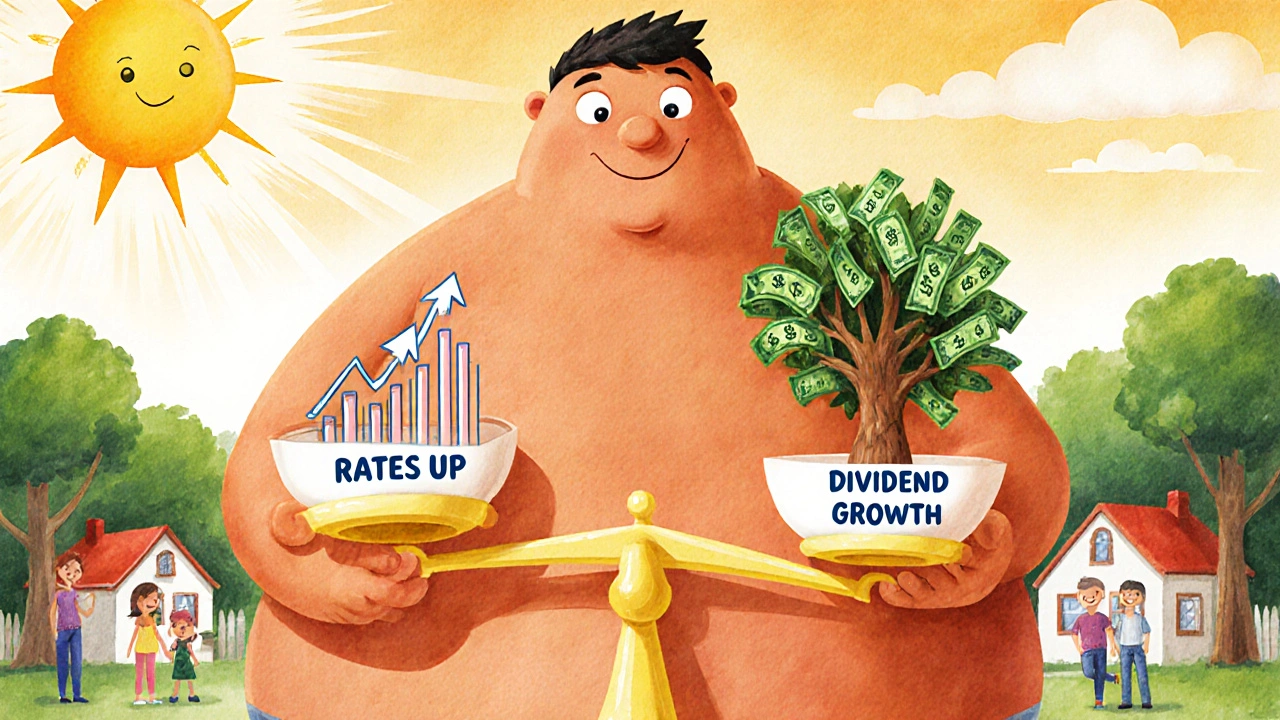Discount Rate: What It Is and How It Shapes Your Investments
When you hear discount rate, the percentage used to calculate the present value of future cash flows. Also known as required rate of return, it’s the invisible hand that decides whether a future dollar is worth more or less than one in your hand today. It’s not just a number on a spreadsheet—it’s the core filter every smart investor uses to tell real value from hype. If you’re buying a stock, evaluating a bond, or even deciding whether to invest in a crypto project, your brain is already running a discount rate calculation—even if you don’t realize it.
The present value, the current worth of a future sum of money, adjusted for time and risk is everything. A $10,000 payout in five years? At a 5% discount rate, it’s worth about $7,835 today. At 10%? It drops to $6,209. That’s not magic—it’s math that separates investors who chase shiny objects from those who build wealth. The net present value, the difference between the present value of cash inflows and outflows, used to assess profitability is how professionals decide whether to pull the trigger. If NPV is positive, the investment adds value. If it’s negative, you’re losing money even if the headline looks good. And the time value of money, the concept that money available now is worth more than the same amount in the future due to its earning potential is why you can’t ignore inflation, risk, or opportunity cost.
Look at the posts here. You’ll see how floating-rate notes protect you when interest rates rise—because those rates directly shape the discount rate. You’ll find how bond total return isn’t just about coupons—it’s about price changes driven by discount rate shifts. You’ll read about tax-deferred annuities, where the discount rate determines how much future income is worth today. Even fintech growth strategies hinge on discount rates: a startup’s valuation isn’t about revenue—it’s about how much future profit you’re willing to buy today, at what cost.
Most people think returns are about how high the numbers go. But real returns are about how far you stretch each dollar. A 12% yield means nothing if your discount rate is 15%. That’s why the best investors don’t just look at returns—they look at the discount rate behind them. They know that a high-yield bond might be a trap if the risk isn’t priced right. They know that a crypto project promising 50% annual returns might be worthless if the underlying cash flows are speculative. And they know that when the Fed changes rates, everything shifts—not just bonds, but stocks, real estate, even your retirement plan.
Below, you’ll find real-world breakdowns of how discount rates show up in investing, from bond funds to embedded insurance to portfolio rebalancing. No theory. No fluff. Just how the number that nobody talks about is the one that actually decides if you win or lose.



